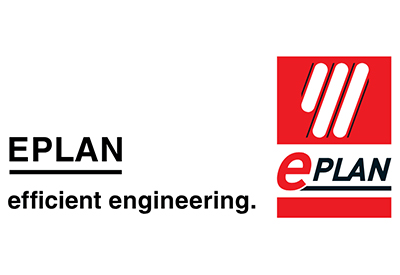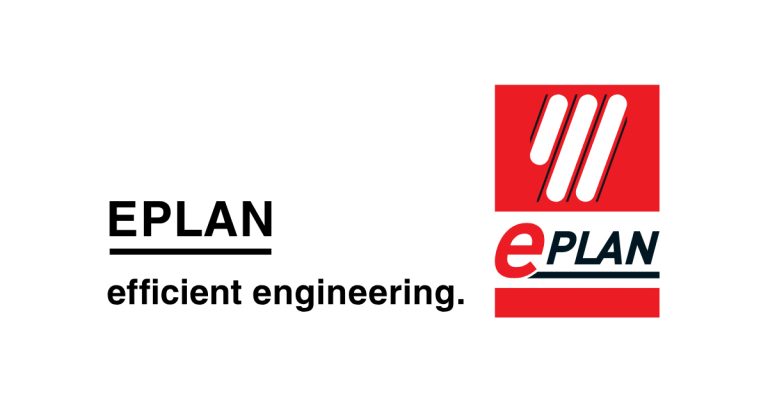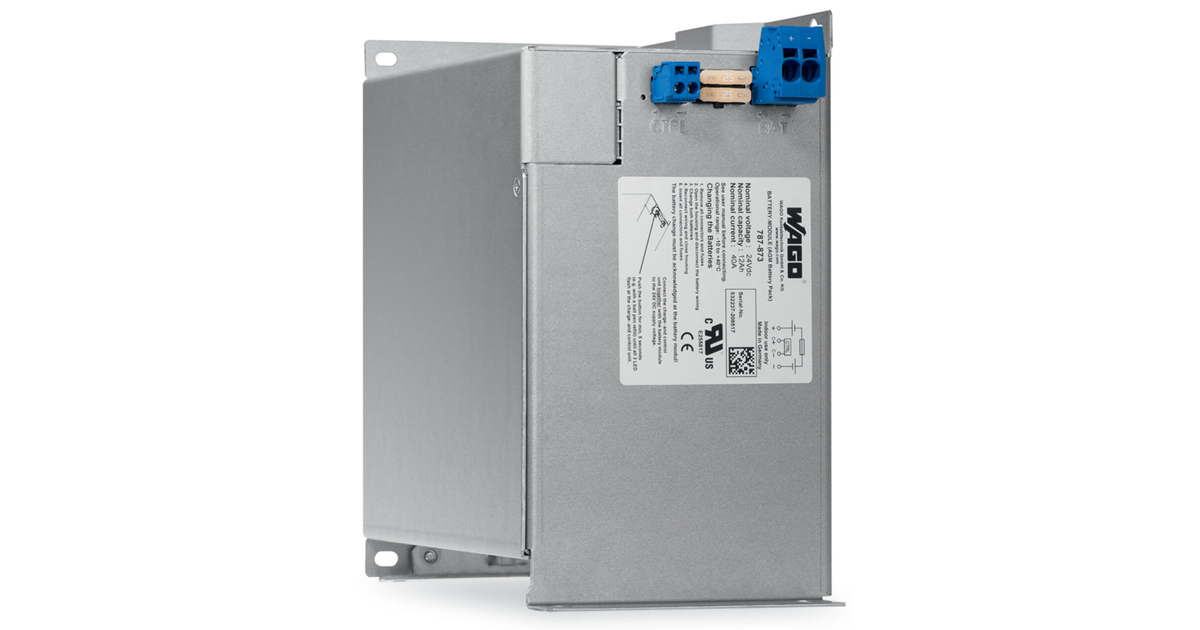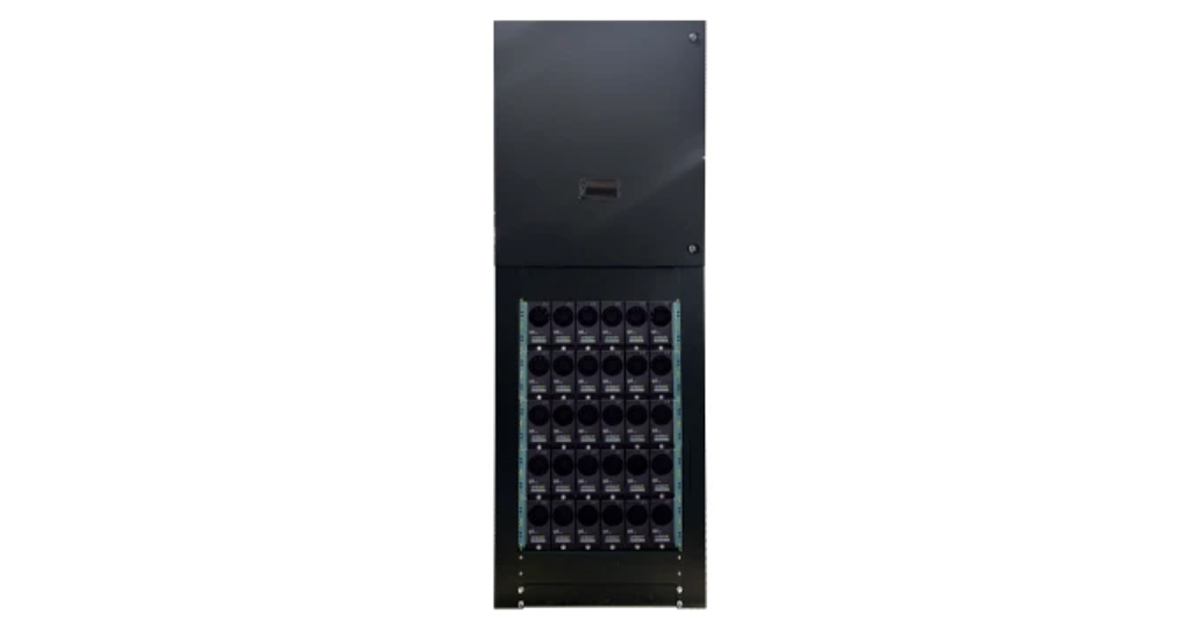How To Avoid Being Left Behind in Electrical Design
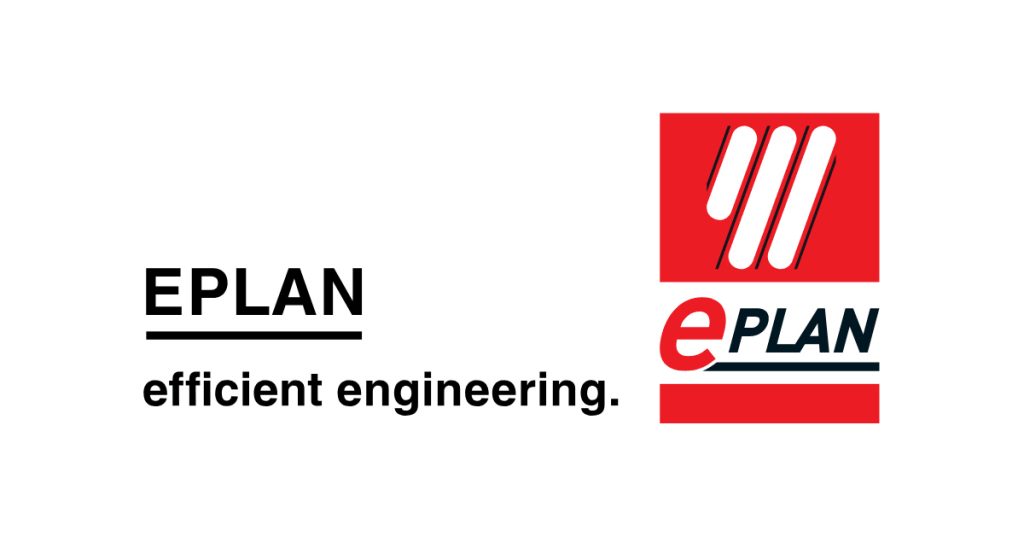
October 4, 2023
By Robert Klimek, EPLAN USA
The aim of all computer-aided design (CAD) systems is to improve design efficiency, and the way that these software platforms enable better practices, greater accuracy and increased productivity is changing all the time. The latest generation of electrical CAD platforms, such as EPLAN, incorporate a wide variety of digital automation features to boost efficiency, encourage greater standardization and save engineer’s valuable time.
With so much rapid change in the sector, how can you avoid being left behind in your electrical design practices and standards?
1. Training, Certification and eLearning
Going through regular training, gaining certifications and staying familiar with the latest software developments will help ensure that you and your engineers are up to date with current trends and updates in software and technology. Formal technical qualifications can quickly fall behind the times when technology changes, so the best way to stay up to date is to engage in certified training through your ECAD vendor.
For example, EPLAN users can become an EPLAN Certified Engineer, through a modular course that combines hands-on and self-paced eLearning for maximum knowledge retention and applicability. This certification course is continuously refreshed and updated to provide the latest knowledge and skills to your engineers. Consequently, this certification only lasts for three years, and at that point, the engineer will have to become recertified to retain the certification.
2. Annual Software Updates
EPLAN is the perfect choice for electrical design engineers who want to remain on top of the latest developments in their field. Offering Annual Software Updates with a range of new tools and features, EPLAN helps ensure that users are always equipped with cutting-edge electrical design tools and technology. The latest version of EPLAN is Platform 2023, which includes the latest innovations such as the international macro management, a new high-performance 3D engine and a comprehensive device management system.
3. Keep Pace with Complexity
Not only are design trends and software platforms changing all the time, but also the electrical design project briefs themselves, with an ongoing trend towards increased complexity. Traditional CAD software, in many cases, simply cannot keep up with these changes. That’s because efficient electrical design now requires far-reaching knowledge and expertise across numerous areas, as well as a deep understanding of the different standards and components that go into making up the designs. In addition to knowledge of electrical systems and principles, many project briefs require skills in control systems engineering, computer programming and wiring diagrams to be able to effectively address the requirements of each project with precision.
EPLAN gives engineering managers and electrical designers the creative tools and technical capabilities to successfully meet these complex requirements while staying within your project budget and meeting your deadlines.
With the rapidly changing pace of the technology sector, don’t get left behind in your electrical design practices and standards.

https://blog.eplanusa.com/how-to-avoid-being-left-behind-in-electrical-design

